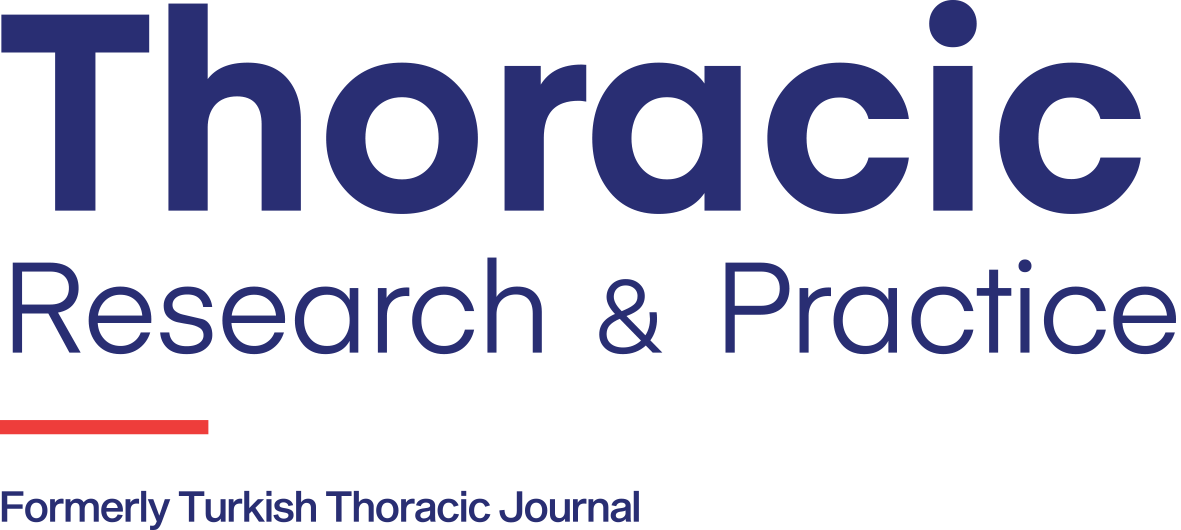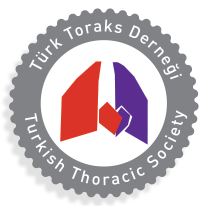DEAR EDITOR,
Twenty years ago, Türkiye faced a devastating outbreak of silicosis among young workers employed in denim sandblasting workshops. Thousands developed the disease, with many succumbing to respiratory failure in early adulthood. Although silica-based sandblasting was banned in 2009, survivors continue to grapple with chronic and debilitating forms of silicosis.1 The attention once focused on Türkiye’s denim sandblasting crisis now echoes in a different form, in different countries, driven by a different industry—yet the underlying threat of occupational silicosis persists.2 Today, a new and deadlier wave of silicosis is unfolding—this time among workers in the artificial stone industry. Widely used as a modern alternative to natural stones such as marble and granite, artificial stone contains over 90% crystalline silica. Cutting, polishing, and installing these materials release microscopic silica dust, leading to irreversible pulmonary damage. Globally, this market is valued at more than $25 billion annually, yet it carries an invisible burden of disease.3 What began in isolated regions is now reported with alarming frequency across the globe. In Israel, fatal cases have been identified among young workers. In the United States, severe disease clusters have been reported in California, Colorado, Texas, and Washington.4 In 2024, Australia became the first country to ban artificial stone products altogether. Reports from Italy, Belgium, and the United Kingdom suggest that this epidemic respects no borders—and Türkiye is unlikely to remain exempt from its consequences.2, 5 Clinical observations indicate that patients exposed to artificial stone dust not only develop silicosis but also exhibit radiologic patterns that can resemble sarcoidosis or other interstitial lung diseases. Notably, many affected individuals are young, with exposure histories as brief as four years. These patients often experience a progressive disease course, leading to severe complications such as emphysema, spontaneous pneumothorax, and in some cases necessitating lung transplantation.3, 5 Standard safety measures—dust masks, wet cutting, and ventilation—are proving inadequate against such intense exposure. There is an urgent need for systemic regulatory reform. Early data from Australia show that legislative bans can drive innovation towards low-silica or silica-free alternatives.3
In Europe and North America, the expert consensus now recommends reducing silica content in these materials to less than 5%.3 This looming crisis demands immediate attention. Silicosis in the artificial stone industry is not only a worker’s disease; it is a societal failure of prevention.



